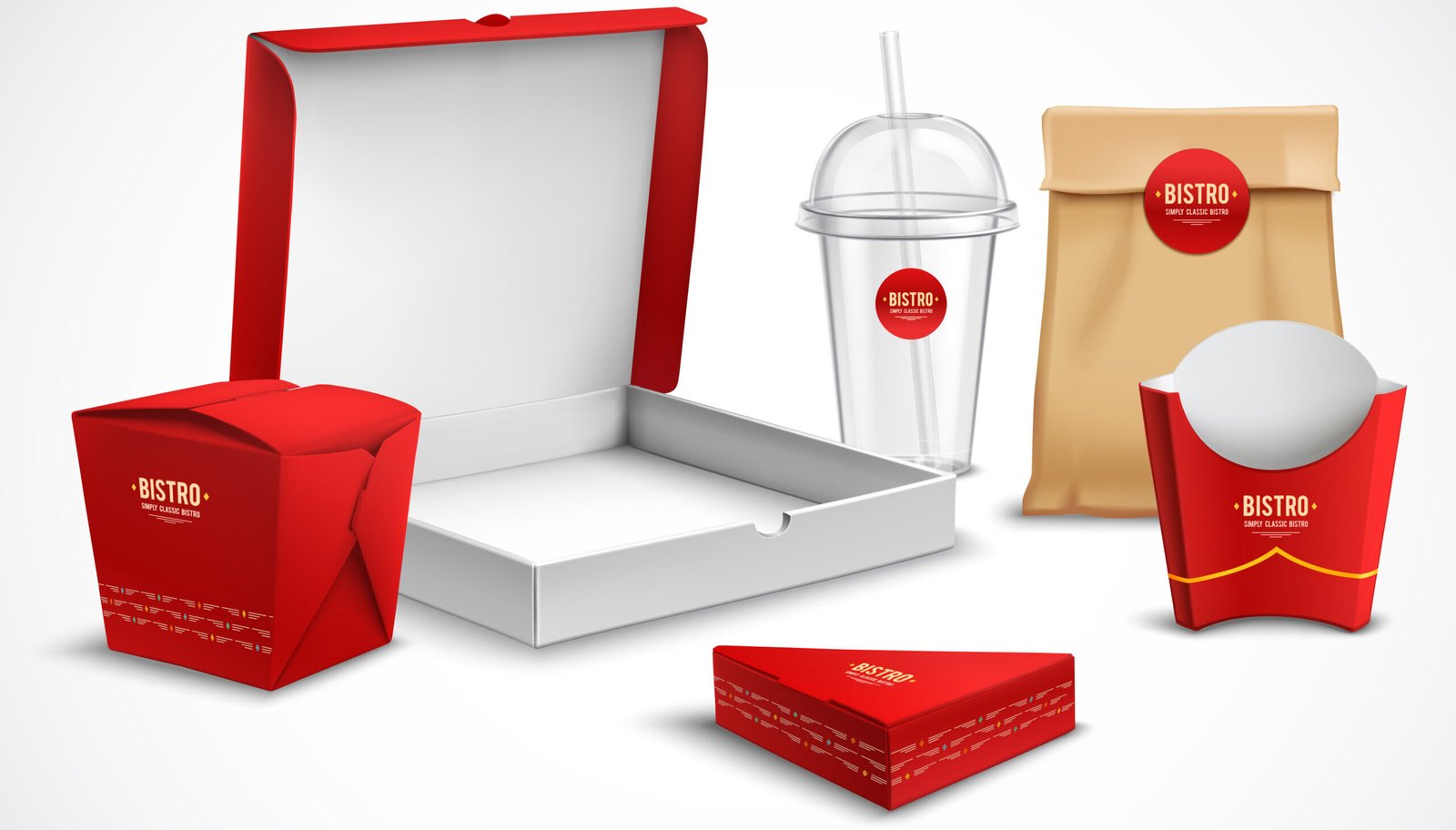The Future of Food Packaging Trends and Innovations
In an era where sustainability and technology are reshaping industries, food packaging is transforming to meet new demands and challenges.
The future of food packaging hinges on innovative designs, eco-friendly materials, and technological advancements. Here’s a look at the key trends and future directions in food packaging.
Sustainable Packaging Solutions

Sustainability has become a central focus in the food packaging industry. With increasing environmental concerns and regulatory pressures, companies, including co-packers, are shifting towards eco-friendly packaging solutions. These include biodegradable materials, recyclable packaging, and reduce plastic usage.
Biodegradable Materials: Packaging made from natural materials like plant fibers, cornstarch, and seaweed is gaining popularity. These materials decompose more quickly than traditional plastics, reducing landfill waste and environmental impact.
Recyclable Packaging: There is a growing emphasis on designing packaging that can be easily recycled. This includes the use of mono-materials and reducing complex multi-layer packaging that is difficult to recycle.
Reducing Plastic Usage: Many companies are working to minimize the use of plastic in their packaging. Innovations like edible packaging and compostable materials are emerging as viable alternatives.
Smart Packaging Technologies
Smart packaging is revolutionizing the way we think about food safety, quality, and convenience. These technologies offer enhanced functionality, providing consumers with more information and improving the overall user experience.
Active Packaging: This type of packaging interacts with the food to extend shelf life and maintain freshness. For example, oxygen absorbers and moisture regulators can help keep food fresh for longer periods.
Intelligent Packaging: Incorporating sensors and indicators, intelligent packaging provides real-time information about the condition of the food. This can include temperature monitoring, freshness indicators, and even spoilage detection.
QR Codes and NFC Technology: These technologies allow consumers to access detailed product information, including origin, nutritional content, and safety information, simply by scanning a code on the packaging.
Personalization and Convenience
Consumer demand for personalized and convenient food options is driving changes in packaging design. Packaging that caters to individual preferences and offers convenience is becoming increasingly important.
Customizable Packaging: Advances in printing technology allow for personalized packaging designs. This can include customized labels, personalized messages, and even packaging that reflects consumer preferences or dietary restrictions.
Convenience Features: Packaging innovations such as easy-open seals, resealable closures, and single-serve portions are designed to meet the growing demand for convenience. These features make it easier for consumers to access and store food products.
Portion Control: With a growing focus on health and wellness, packaging that offers portion control helps consumers manage their food intake more effectively. This includes packaging that divides food into smaller, pre-measured portions.
Enhanced Food Safety and Hygiene
Food safety remains a top priority in the packaging industry. Innovations in packaging are helping to improve hygiene and prevent contamination, ensuring that food products stay safe and fresh throughout their shelf life.
Antimicrobial Packaging: Packaging materials infused with antimicrobial agents can help prevent the growth of harmful bacteria and extend the shelf life of food products.
Tamper-Evident Packaging: Features such as seals, locks, and indicators provide consumers with assurance that the product has not been tampered with. This is particularly important for products with higher safety concerns, such as baby food and pharmaceuticals.
Hygienic Packaging Designs: Designs that reduce the risk of contamination during handling and storage are becoming more prevalent. This includes packaging that minimizes contact with the food product and protects it from external contaminants.
The Role of Technology in Packaging Design
Technology is playing a crucial role in the evolution of food packaging. From advanced materials to smart technologies, innovation is driving the development of packaging solutions that are more efficient, sustainable, and consumer-friendly.
3D Printing: 3D printing technology allows for the creation of complex packaging designs that are both functional and aesthetically pleasing. This technology is being used to develop innovative packaging solutions that can be customized for specific products and consumer needs.
Nanotechnology: Nanomaterials are being incorporated into packaging to improve its properties, such as enhancing barrier protection, reducing weight, and increasing strength. These materials can also be used to create packaging with antimicrobial properties.
Robotics and Automation: Automation in packaging processes is increasing efficiency and reducing costs. Robotic systems are being used for tasks such as packaging, labeling, and quality control, leading to faster production times and greater accuracy.
Final Thoughts
The future of food packaging is poised for significant advancements, driven by the need for sustainability, convenience, and enhanced food safety. As technology continues to evolve, we can expect to see even more innovative and efficient packaging solutions that meet the changing needs of consumers and the environment. By embracing these trends, the food packaging industry can contribute to a more sustainable and healthier future.
If you’re looking for a manufacturer or co-packer who can help implement these trends and technologies for your business, consider using Keychain. This AI-powered platform matches food and beverage brands with CPG manufacturers.

















